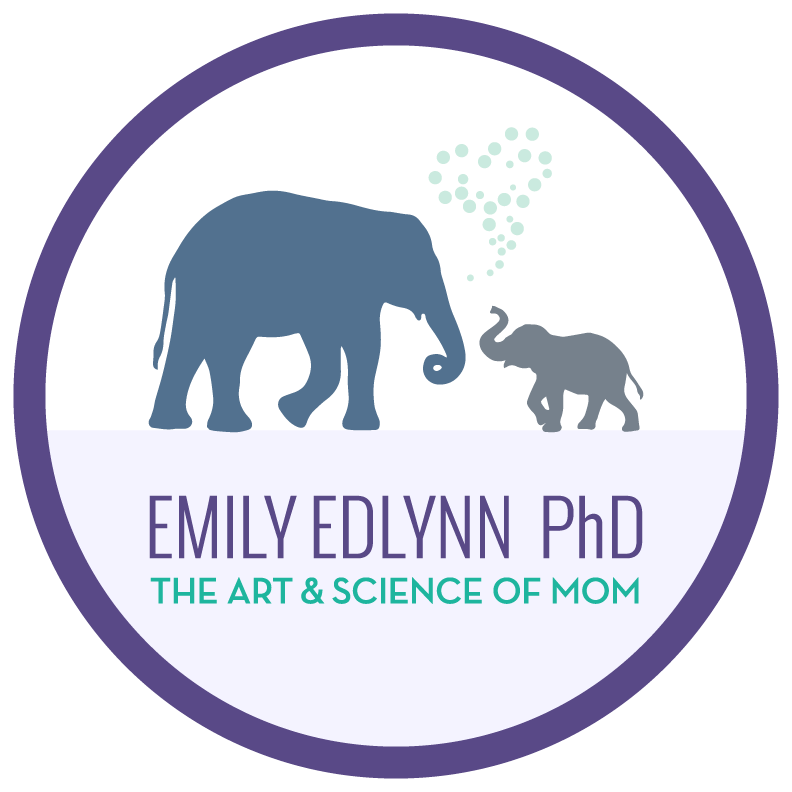It Could Be Us, But It Wasn’t
This week has weighed heavy on many of us. The teenagers killed in yet another mass school shooting may not be our children, but the specter of that possibility haunts us. As these events pick up in frequency, I don’t feel desensitized as I might expect, I feel worse. Sadder. More scared. More helpless.
This is not a debate on gun policy, although this is an area where politics really is personal. But I see and hear mothers and fathers all over our country getting closer and closer to imagining a reality that no parent can ever truly imagine unless it happens: the death of their child.
I was pregnant with my first baby just a few months into my first real job, which was as a psychologist in pediatric palliative care. It was surreal as my pregnant belly shared my own most personal experience of approaching motherhood, with parents who were preparing to say goodbye to their own babies.
This intense work also included witnessing daily trauma and tragedy. Perfectly healthy kids suddenly struck into an unconscious state – either by illness or an accident. One day full of life -- the next day, hovering near death, or significant disability. I have had countless silent moments with parents, holding at least some space for their pain and suffering, unable to offer any words or actions that could make any of it better.
It turned out this job didn’t really teach me about being a psychologist as much as it taught me about being a mother. How do I put one foot in front of the other when I know a terrible instant – or long years of an awful disease – could take my own child from me? This week, I thought of how many of us parents are wondering how to balance our fears with living life normally. How do we not want to keep our kids home from school just in case?
As I had my first two children over four years of doing this work, I learned how to do just this. Of course, the relentless pace of witnessing trauma and tragedy got to me. I sometimes saw the faces of my own children in those of the children in the hospital. I saw my husband in the bereft fathers. I saw myself in the grieving mothers. It could be us. But it wasn’t – at least, not that day. And I didn’t want to take away living because of my fear – although I may have hovered closer on the playground, or panicked more the moment a child’s head went underwater in the bath – but I still let them climb and play.
People thought my work had to be “so depressing,” but it wasn’t. It gave meaning to the mundane in life. After a hard, sad day, I appreciated the belly laugh of my 6-month-old that much more. I would look around at the mess of toys and think, I’m grateful they are sleeping safely in the other room. Every night I go to sleep, I still think, I’m thankful we are all alive another day. It may sound morbid but knowing it all can change in a split second makes me that much more grateful it exists at all. My family. My children. My life. Our life.
The sad reality is many of us raising our children have other sources of our own grief, which we feel that much more intensely when these kinds of events blaze across our national headlines. My past in grief is being witness to hundreds of children whose lives ended after such a short time on this earth – whether it was minutes, or years. You may have a past in grief that is hard to speak of, but know that it’s normal for that grief to rise up in times like these. You may not have a past in grief that you can name, but there is a heavy sadness weighing you down because a long life is never a promise, and loss just plain hurts.
As we all hold these emotions and keep putting one foot in front of the other, I hope we know we are not alone in doing this. Perhaps the most powerful part of my work in death and dying was the way it helps me celebrate life and living. The best I can do as a mother right now is to share that celebration of life with my children. And hug them really tight, for always.

